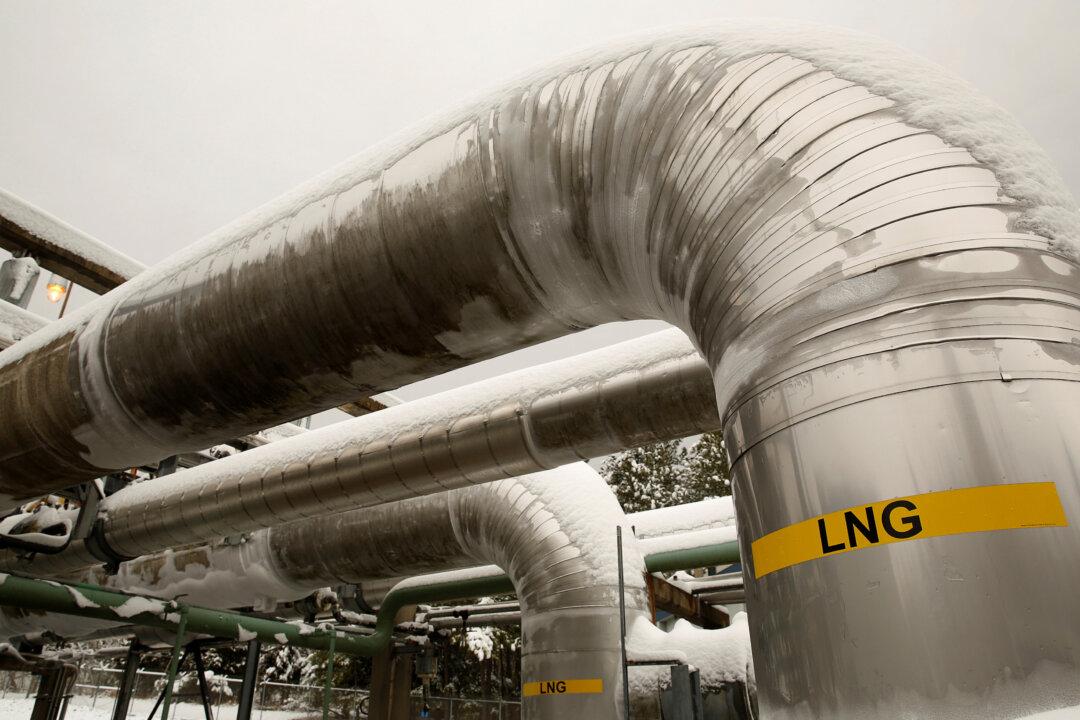U.S. natural gas prices have tumbled this fall since hitting a high over the summer due to increased production, easing cost fears for millions of American households this winter.
Natural gas fell more than 40 percent, after demand nearly reached a 23-year historical high at the end of August, reported The Wall Street Journal.
The price of heating fuel is one of the biggest drivers of inflation and a major factor behind price pressures for manufacturers.The drop in demand is due to milder fall weather, while domestic production and the restocking of gas storage facilities have ramped up since the end of the summer, pushing costs down to the levels of 2021.





